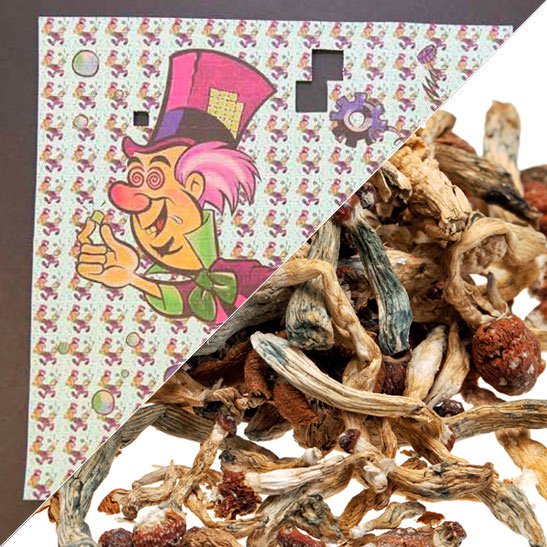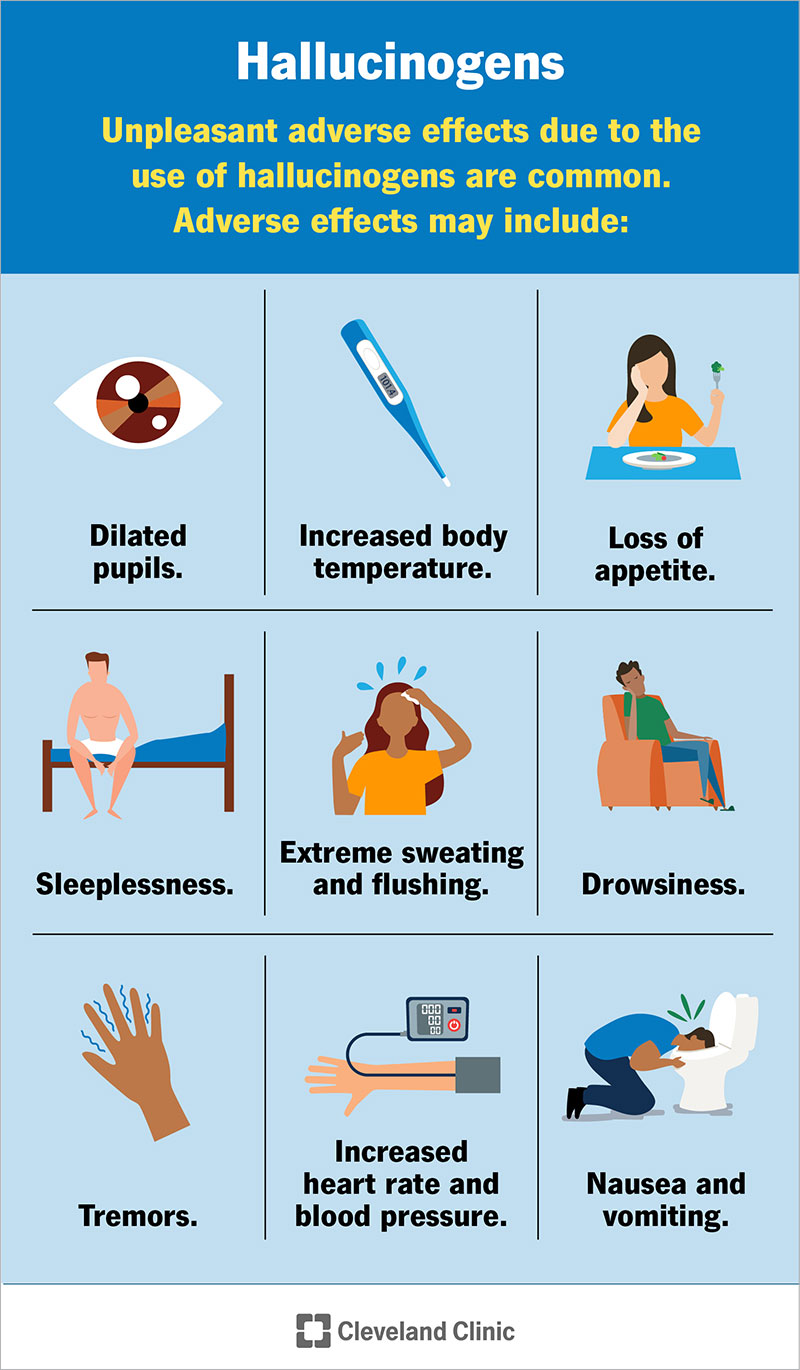Find Out Why Everyone’s Talking About Golden Psycho These Days.
Why the Relevance of Researching Psychotomimetic Phantasm Can not Be Overemphasized
The research of psychotomimetic sensations provides an one-of-a-kind possibility to explore the elaborate relationship between altered states of consciousness and the neurobiological underpinnings of psychiatric disorders. The effects get to far beyond simple therapy; they test our fundamental understandings of awareness itself, prompting further questions right into what it implies to experience reality.
Definition of Psychotomimetic Phenomena
Defining psychotomimetic phenomena calls for an understanding of their complex and complex nature. These phenomena refer to experiences that simulate the symptoms of psychosis, including hallucinations, delusions, and altered understandings of reality. Psychotomimetic results can be generated by numerous compounds, such as specific hallucinogens, energizers, and even some drugs, leading to substantial implications for both professional and research contexts.
The term "psychotomimetic" itself highlights the capacity of these materials to cause transformed mental states looking like psychotic problems, which can make complex the differential diagnosis and treatment of psychological problems. Notably, such phenomena are not limited to drug-induced experiences; they can likewise emerge in non-substance-related contexts, including severe stress and anxiety or rest deprivation, more emphasizing their elaborate nature.
Understanding psychotomimetic phenomena encompasses the evaluation of their neurobiological underpinnings, mental impacts, and sociocultural measurements. This comprehensive technique is vital to decipher the complexities bordering these experiences and their significance in both restorative and non-therapeutic settings (About Golden Psycho). By checking out the definition of psychotomimetic sensations, researchers and medical professionals can better value the effects for mental health and wellness and the potential pathways for future examination and treatment
Historic Context and Study
The exploration of psychotomimetic phenomena has a rich historical context that extends both old and modern-day times. In ancient cultures, substances such as peyote, ayahuasca, and psilocybin mushrooms were utilized in spiritual rituals, often bring about modified states of consciousness considered as paths to divine understanding. These practices laid the foundation for comprehending the impacts of copyright substances on the human subconscious.

In the 19th and early 20th centuries, scientific questions into psychotomimetic experiences gained momentum. Researchers like Sigmund Freud and Carl Jung checked out the emotional implications of modified states, while the discovery of LSD in the 1930s militarized a wave of rate of interest in psychotomimetic compounds. This period saw a convergence of psychiatric research study and entertainment use, motivating studies on the restorative potential of these compounds.
Nevertheless, the counterculture movement of the 1960s, combined with regulatory crackdowns, obstructed research study for decades. Over the last few years, a renaissance in psychopharmacology has emerged, with renewed concentrate on the restorative applications of psychotomimetic agents in treating psychological wellness problems. This historical trajectory emphasizes the relevance of researching psychotomimetic sensations within both clinical and social structures.
Insights Into Mental Health
Recent studies have significantly highlighted the potential of psychotomimetic compounds in providing useful insights into psychological health and wellness. These compounds, which can cause alterations in perception, state of mind, and cognition, have been instrumental in illuminating the mechanisms underlying various psychological problems. By checking out the impacts of these substances, researchers have actually gained a deeper understanding of the neurobiological pathways related to problems such as schizophrenia, depression, and stress and anxiety.
As an example, the management of psychotomimetic representatives has actually been shown to simulate particular signs of psychosis, enabling the exploration of neurotransmitter systems associated with these experiences. This research has actually revealed the considerable function of serotonin and dopamine in mood regulation and psychotic signs, possibly guiding extra targeted healing interventions. In addition, using these materials in controlled environments has supplied a distinct possibility to examine modified states of consciousness, which might parallel certain mental health conditions.
Moreover, insights acquired from psychotomimetic research are leading the way for novel treatment strategies. copyright-assisted therapy, for instance, has actually become an appealing avenue for addressing treatment-resistant problems, highlighting the value of these materials in advancing our understanding of mental health.
Effects for Awareness Research Studies
Researching psychotomimetic phenomena not only improves our understanding of mental health conditions but also uses substantial insights right into the nature of awareness itself. These sensations, which frequently evoke transformed states of understanding and cognition, supply an one-of-a-kind home window into the mechanisms underlying aware experience. By investigating how substances generate experiences similar to psychosis, scientists can better recognize the limits of regular and unusual consciousness.
In addition, psychotomimetic experiences challenge traditional sights of consciousness by revealing its complex nature. They suggest that consciousness is not a static entity however rather a vibrant interaction of cognitive procedures, sensory input, and subjective experience. This has extensive implications for concepts of consciousness, pushing scholars to reassess the functions of neurochemistry and subjective experience in shaping recognition.
Furthermore, exploring just how individuals react to psychotomimetic agents can illuminate the relationship in between awareness and self-awareness. Recognizing exactly how these substances modify one's feeling of self and truth might educate thoughtful arguments pertaining to the nature of consciousness and identity. Eventually, helpful hints the study of psychotomimetic sensations stands as a crucial opportunity for advancing our comprehension of consciousness, weblink welcoming additional interdisciplinary expedition and discussion.

Future Directions in Research
Expedition of psychotomimetic phenomena is positioned to broaden in several promising instructions that could grow our understanding of awareness and psychological health and wellness. About Golden Psycho. One substantial method for future research study entails the neurobiological devices underlying psychotomimetic experiences. Advanced neuroimaging techniques can elucidate the brain's action to various psychotomimetics, providing insights into transformed states of awareness
Furthermore, interdisciplinary techniques that integrate psychology, pharmacology, and neuroscience may generate a detailed framework for understanding the restorative possibility of psychotomimetic substances. Managed professional trials discovering their efficiency in treating psychological wellness disorders, such as anxiety, stress and anxiety, and PTSD, can provide durable evidence sustaining their utility in therapeutic setups.
In addition, the exam of social and contextual aspects affecting psychotomimetic experiences warrants even more investigation. Understanding exactly how various social histories form individual reactions can enhance the application of these substances in varied populaces.
Conclusion
In conclusion, the view it now study of psychotomimetic phenomena plays a critical role in advancing the understanding of consciousness and psychiatric disorders. By clarifying the neurobiological systems underlying psychosis, these substances provide vital understandings that enhance analysis and therapeutic strategies.